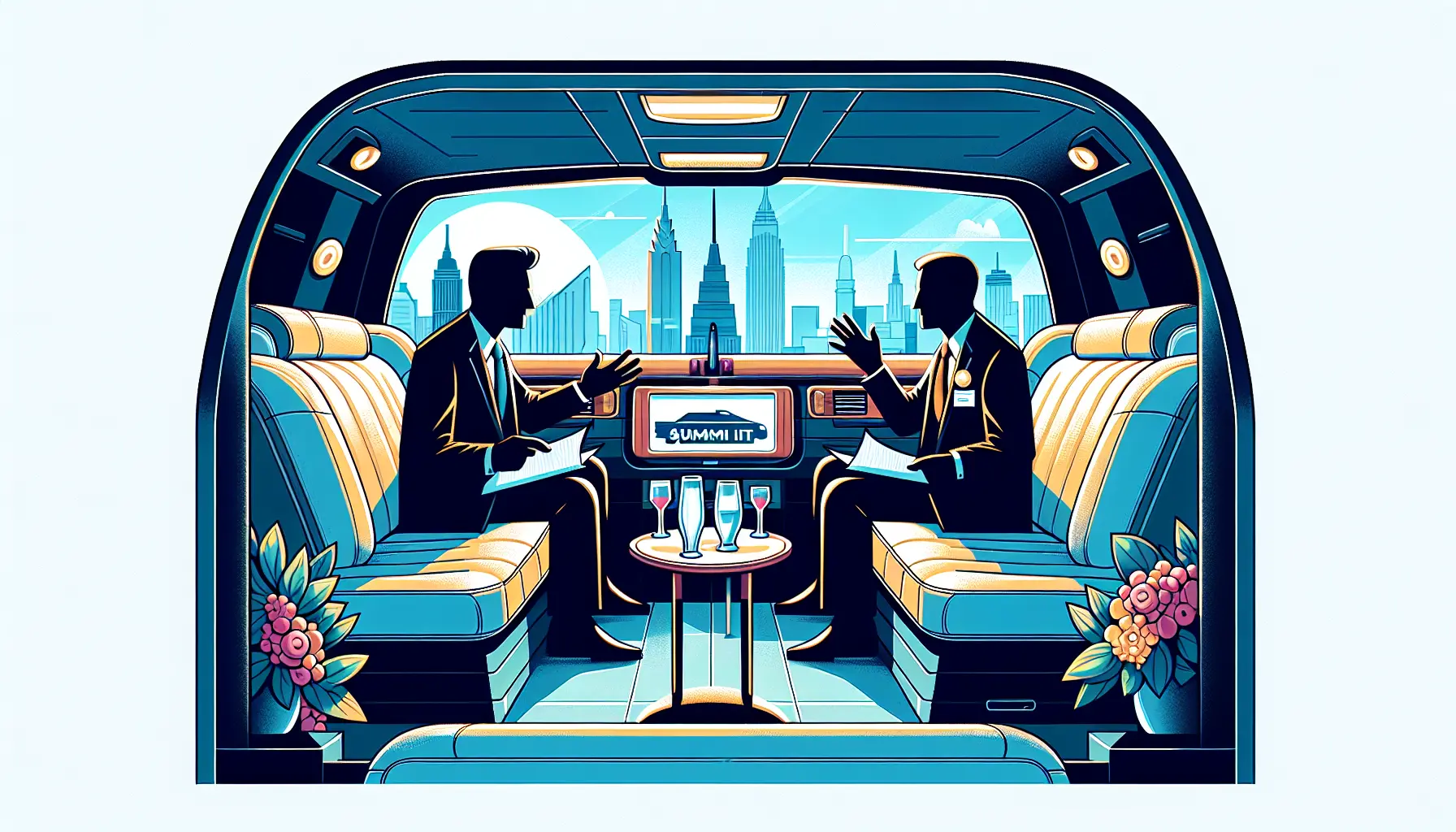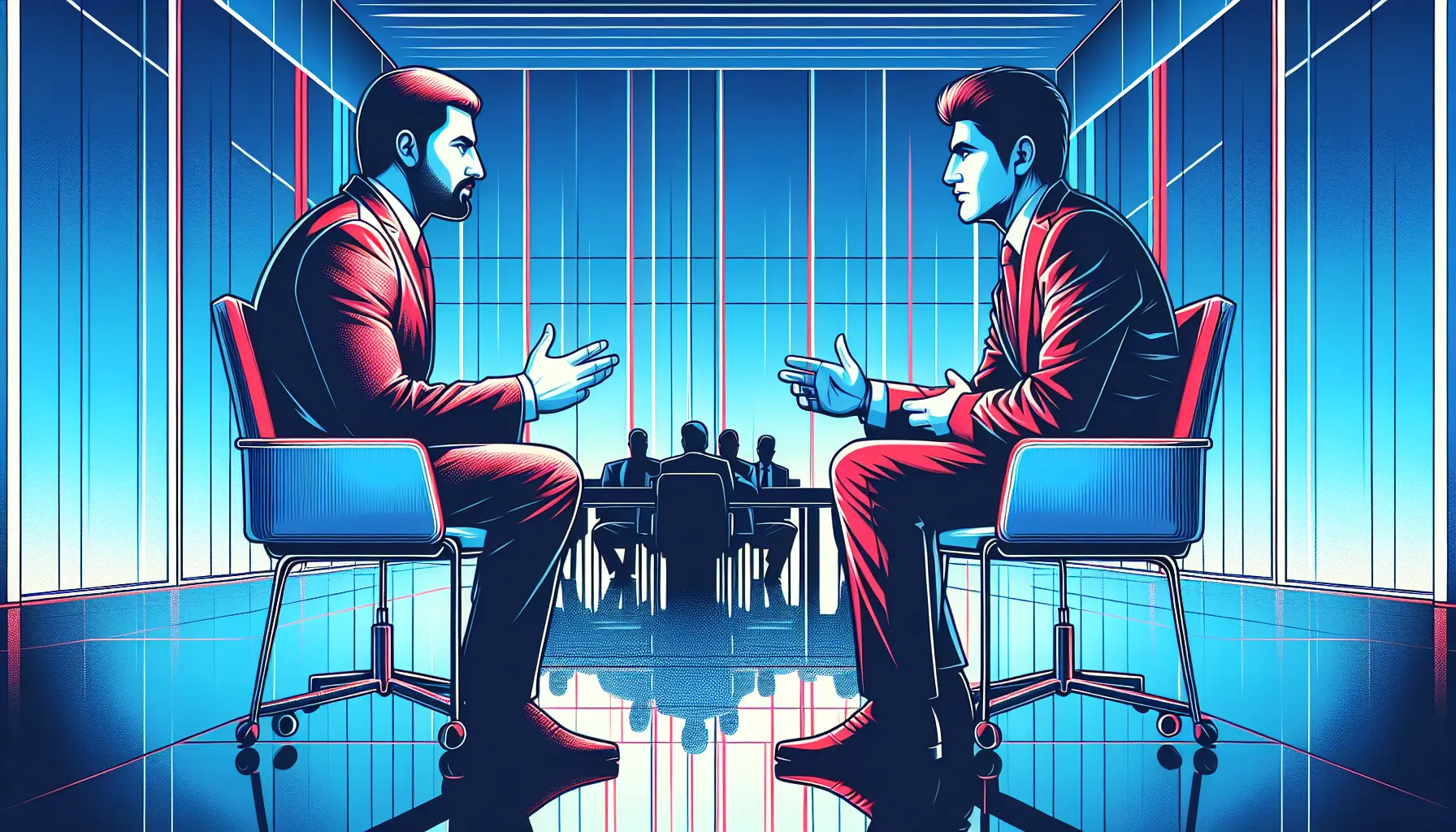Stadium concerts have undergone a remarkable evolution over the past six decades, transforming from simple musical performances into grand cultural spectacles that captivate audiences worldwide. From The Beatles’ historic Shea Stadium show to modern-day global sensations like BLACKPINK and Bad Bunny, stadium concerts have become more than just musical events; they are now immersive experiences that transcend boundaries of geography and generations. The demographic makeup of stadium audiences has also evolved significantly, reflecting the changing landscape of music consumption. What was once predominantly young, female, and American audiences has now expanded to include a diverse range of fans spanning multiple generations and cultural backgrounds. The rise of social media has further transformed fandom, creating tight-knit communities that engage with artists in new and interactive ways. However, with this evolution comes new challenges, particularly in terms of affordability. Ticket prices for stadium concerts have skyrocketed in recent years, making it increasingly expensive for fans to participate in these experiences. The question of whether the joy of attending a concert outweighs the financial cost has become a pressing issue for many music enthusiasts. Despite the high cost of admission, stadium concerts continue to sell out at record speed, highlighting the enduring appeal of live music. Studies have shown that music has a profound impact on the human brain, triggering emotional responses and fostering a sense of social connection. The experience of attending a live concert, with its collective energy and real-time interaction, enhances this emotional connection and strengthens bonds between audience members. In addition to the emotional and social aspects, stadium concerts have also become masterclasses in sensory stimulation. Advancements in technology have led to elaborate stage productions, incorporating visual effects and multimedia elements that enhance the overall concert experience. While some fans appreciate these advancements, others lament the loss of intimacy and authenticity in modern stadium shows. Looking ahead, the future of live music and stadium concerts remains intertwined with the fundamental desire for shared experiences. As technology continues to shape the music industry and fan communities become more interconnected, the stadium concert will remain a space where fans can come together to not only listen to music but also to belong to a larger community united by their love for music. In conclusion, stadium concerts have evolved from humble beginnings to extravagant productions, offering fans a multi-sensory experience that transcends mere entertainment. Despite the challenges of affordability and changing industry dynamics, the enduring appeal of live music and the sense of connection it fosters among fans will ensure that stadium concerts remain a cornerstone of the music industry for years to come.

The Evolution of Stadium Concerts: Uniting Fans Through Music and Technology

Recent Posts
- A New Chapter: Trump and Putin’s Unconventional Alaska Meeting
- Czech Foreign Minister Criticizes Putin’s Ukraine Comments During Trump Meeting
- Trump and Putin’s Talks on Ukraine Ceasefire: A Path to Progress
- Federico Chiesa’s Commitment to Liverpool Shines Through After Anfield Heroics
- A Strategic Encounter: Trump-Putin’s Pre-Summit Limousine Chat
Recent Comments
No comments to show.









